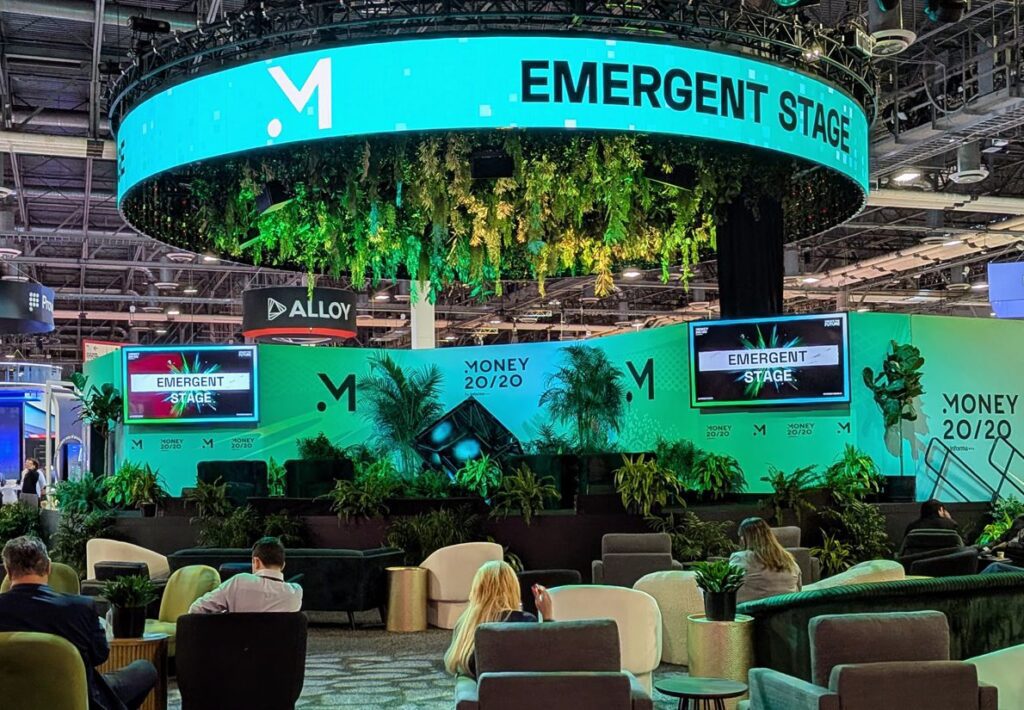According to the IAB Mobile Marketing Center of Excellence in the U.S., IAB Europe and IHS Screen Digest, the global advertising market was valued at $5.3 billion in 2011. Asia-Pacific led the way with nearly 36 percent of this spending.
The regional breakdown is as follows:
– Asia-Pacific accounted for 35.9 percent of total global mobile ad spending in 2011, or $1.9 billion. This was broken down into $1.4 billion on search, $491 million on display and $41 million on messaging.
– North America followed with 31.4 percent of global spending last year, or $1.7 billion. Of this figure, $811 million was spent on search, $572 million on display and $295 million on messaging.
– Europe accounted for 25.9 percent of mobile ad spending in 2011, or $1.4 billion. This was broken down into $900 million on search, $367 million on display and $114 million on messaging.
– Latin America accounted for 3.5 percent of global mobile ad spending, or $188 million. Of this, $83 million was spent on messaging, $74 million on search and $31 million on display.
– The Middle East and Africa accounted for 3.2 percent of spending, or $172 million. Of this amount, $124 million was spent on search, $44 million on display and $4 million on messaging.
"Hyper-personal and always-on, mobile has a tremendous potential as an advertising medium," said Alain Heureux, president and CEO of IAB Europe.
Separate numbers from Medialets reveal that in the first quarter of 2012, 40 percent of mobile rich media ad campaigns ran on multiple device environments, which doubles the number of such campaigns observed in the first quarter of 2011.
The most common rich mobile ad formats for handsets are expandable (64 percent), interstitial (22 percent) and banner (14 percent). The most common formats for tablets are expandable (60 percent), banner (26 percent) and interstitial (14 percent). This means expandable rich mobile ads are more than twice as common as non-expanding banners.
According to Medialets, the expand rate is 1.6 percent for the mobile Web, 1.5 percent for the iPad, 1.3 percent for the iPhone and 1.2 percent for Android.
The company also shared the following data for rich expandable banners:
-
expand rate: 1.4 percent
-
engagement rate: 15 percent
-
click-through rate: 1.2 percent
-
tablets-only engagement rate: 17 percent
The ad format performance numbers for rich interstitials are:
-
engagement rate: 8 percent
-
click-through rate: 3 percent
-
tablets-only engagement rate: 10 percent
Time spent with rich media mobile ads is 20 seconds, which is "phenomenal," according to Medialets. "It’s also notable that campaigns with features like games can drive Time Spent above 1 minute."
Medialets also highlights the finding that adding video can improve mobile ad engagement rates by 35 percent. Thirty percent of in-tablet apps include video, while 12 percent of in-smartphone apps include video.
In order to examine specific verticals and mobile rich media ad performance, Medialets looked at automotive, entertainment and finance.
Finance leads the way when it comes to expand rate with 1.8 percent, followed by automotive with 1.5 percent and entertainment with 1.2 percent.
Finance also leads the way when it comes to engagement rate with 15 percent, followed by entertainment with 12.5 percent and automotive with 11.5 percent.
When it comes to click-through rate, however, entertainment leads the way with 2.8 percent, followed by finance with 0.9 percent and automotive with 0.5 percent.
Medialets notes that the average engagement rate for rich ads with video is 14 percent, and that 70 percent of entertainment ads include video.
Sources:
http://www.medialets.com/how-do-mobile-rich-media-ads-perform/



